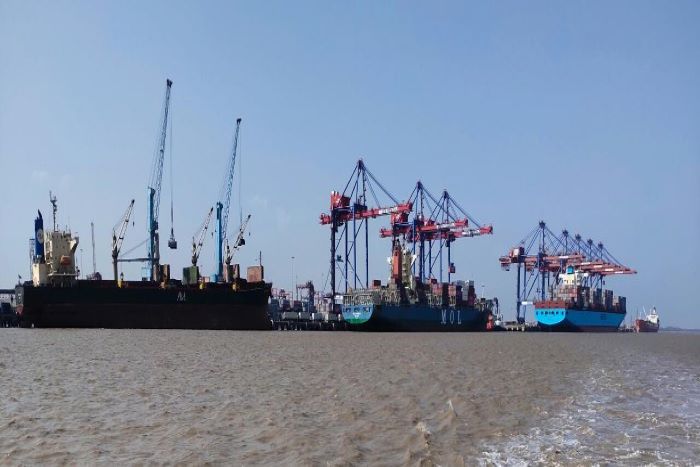
Non-government, or “minor” ports in India that have made steady market share gains at the expense of their major public rivals in recent years are facing a rocky ride in the current fiscal year as the COVID-19 pandemic and related lockdowns ravage domestic and international cargo demand.
India has some 200 minor ports dotting its 4,600 miles of coastline. Active cargo handlers in this grouping enjoy significant competitive advantages over major landlord ports due mainly to two factors: unregulated tariffs along with fewer government controls, and relatively modern infrastructure.
After logging a respectable 4.2 percent increase in total cargo tonnage in fiscal 2019-2020 in a subdued market environment, minor ports saw April-June volumes crash 25 percent year over year, a JOC.com analysis shows. By volume, quarterly freight movement fell to 117 million tonnes, from 155 million tonnes.
That compares with a milder, although still significant, 20 percent drop in first-quarter volumes at major ports.
Minor ports’ combined share of the country’s seaborne trade in the quarter slid to 45 percent, from 47 percent during April-June 2019, the lowest level in two years, according to the analysis. The deceleration came in large part from the amount of coastal or intra-country cargo handling, which tumbled 38 percent year over year, while export-import loadings took a 21-percent hit.
From a broader trade perspective, the erosion is significant given the vast proportion of cargo loss major ports have suffered in the past decade. While the scope of diversions toward minor ports had applied mostly to coastal movement in the initial stages, the trend has lately added some of the country’s key export-import hinterland markets as vessel operators increasingly seek multiple port calls to maximize freight liftings.
Gujarat state leads minor port play
By region, Gujarat state, which hosts the country’s busiest private ports of Mundra and Pipavav, continued to lead the pack, commanding 65.8 percent of total traffic. But on a year-over-year basis, Gujarat’s first-quarter contribution was 1 percent lower than April-June 2019. The Adani Group is the dominant force in this unregulated market, with terminals across the country, such as Hazira, Dahej, Dhamra Krishnapatnam, and Kattupalli, besides its flagship port at Mundra.
APM Terminals Pipavav is another notable minor handler. Jakob Friis Sorensen, managing director of APMT Pipavav, said in a statement to JOC.com the past months have been “a testing experience,” but noted the company has maintained smooth operations through proactive measures.
The recent enactment of a reform measure allowing greater functional independence for major ports reflects the government’s intent to counter the challenges posed by minor competitors in the long run.




0 Comments